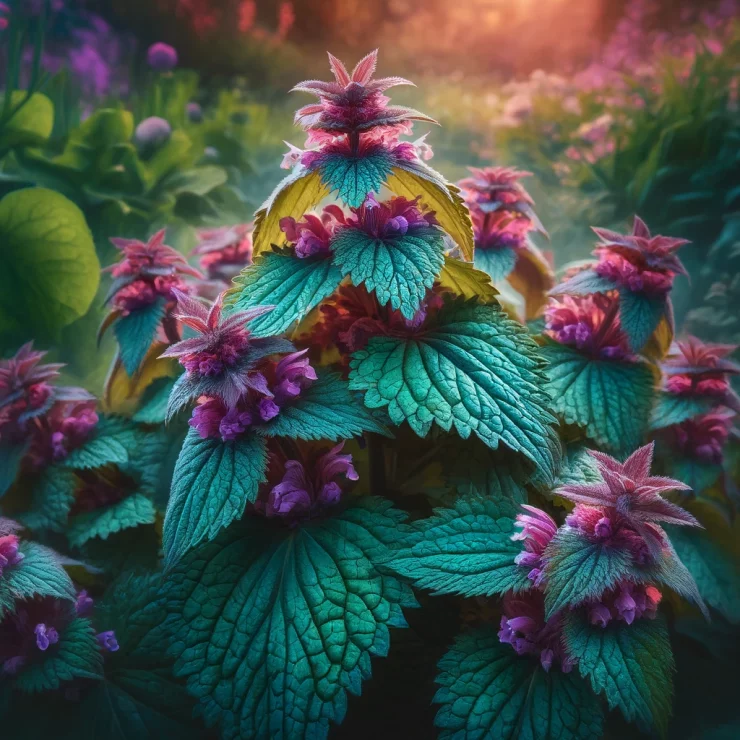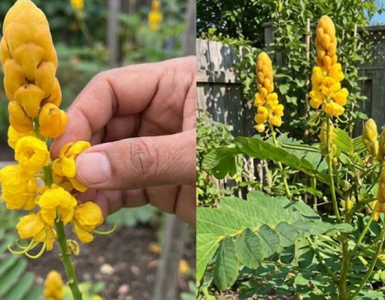Spring is the season of renewal, where nature paints the landscape with vibrant colors and fresh foliage emerges after the winter slumber. Amidst this botanical symphony, one plant stands out with its striking purple blooms and plethora of benefits – the Purple Dead Nettle (Lamium purpureum). Often overlooked or mistaken for a weed, this unassuming herbaceous plant actually offers a multitude of reasons why it deserves a place in your spring foraging repertoire. Here are 10 compelling reasons to pick purple dead nettle this spring:
Abundant Growth
Purple dead nettle is a resilient and prolific plant that thrives in various conditions. It can be found in gardens, fields, meadows, and even urban areas, making it easily accessible for foragers.
Early Blooms
One of the first plants to bloom in the spring, purple dead nettle provides a vital source of nectar for early pollinators such as bees and butterflies, contributing to the health of local ecosystems.
Edible Leaves
The young leaves of purple dead nettle are tender and nutritious, with a mild flavor reminiscent of spinach. They can be eaten raw in salads or cooked as a nutritious green vegetable.
Medicinal Properties
Traditionally used in herbal medicine, purple dead nettle is believed to possess anti-inflammatory and astringent properties. It has been used to soothe sore throats, alleviate allergies, and reduce menstrual cramps.
Rich in Nutrients
Purple dead nettle leaves are packed with vitamins and minerals, including vitamin C, vitamin A, calcium, and iron, making them a valuable addition to a healthy diet.
Wild Food Source
Foraging for purple dead nettle is a sustainable way to supplement your diet with wild, nutrient-rich greens. Harvesting invasive or abundant wild plants like purple dead nettle helps to support local ecosystems by reducing their spread.
Versatile Culinary Ingredient
Aside from using the leaves in salads and cooked dishes, purple dead nettle can also be brewed into a nourishing herbal tea or infused into vinegar for a flavorful culinary ingredient.
Natural Dye
The vibrant purple flowers of dead nettle can be used to create natural dyes for fabric and yarn, offering a sustainable and eco-friendly alternative to synthetic dyes.
Companion Planting
Purple dead nettle can be beneficial in the garden as a companion plant, attracting pollinators and beneficial insects while deterring pests with its aromatic foliage.
Connection to Nature
Foraging for purple dead nettle provides an opportunity to connect with nature, observe seasonal changes, and develop a deeper appreciation for the abundance of gifts that the natural world offers.
Purple dead nettle is a versatile and valuable plant that deserves recognition and appreciation for its myriad benefits. Whether you’re interested in its culinary uses, medicinal properties, or ecological role, incorporating purple dead nettle into your spring foraging endeavors can enrich your life in numerous ways. So why not venture outdoors this spring and discover the wonders of purple dead nettle for yourself?






Add comment